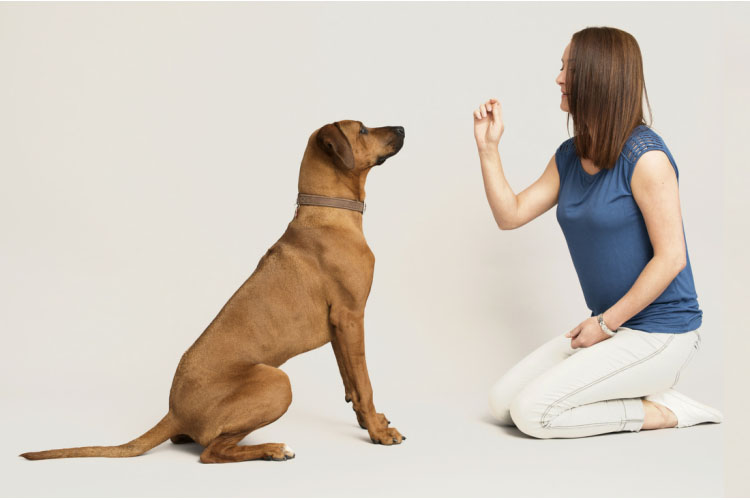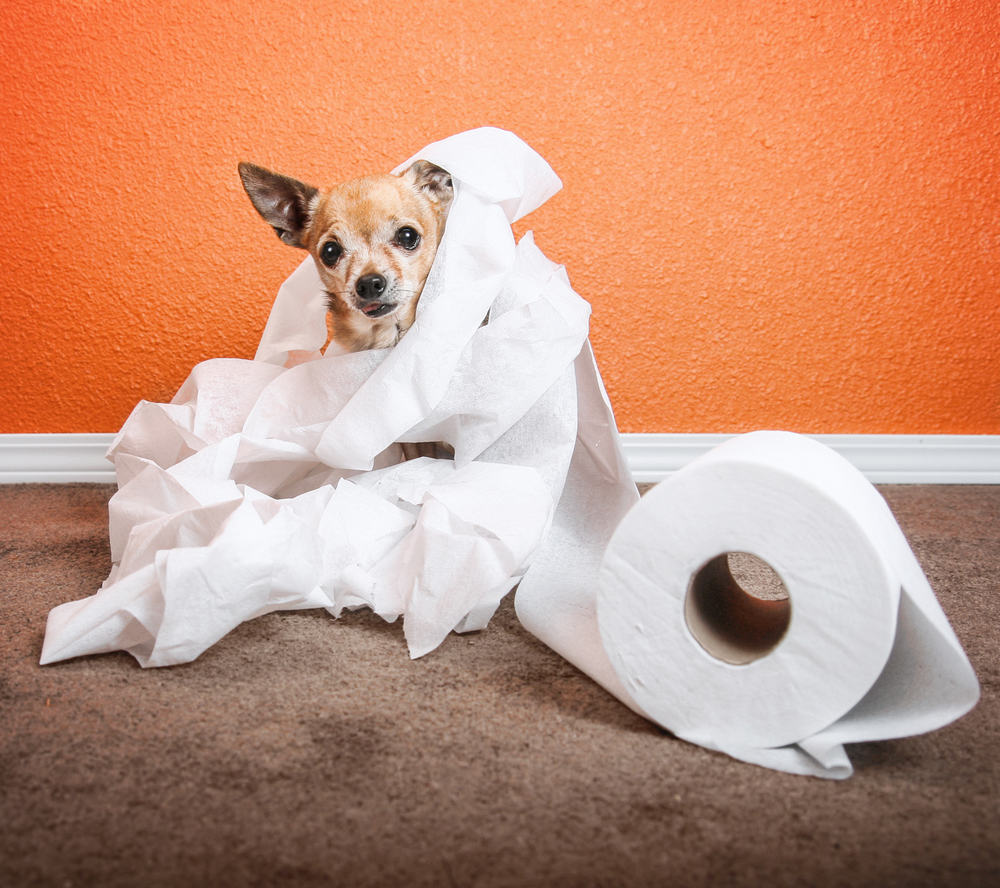Skip to content
Where Retrieving Answers is Easy!
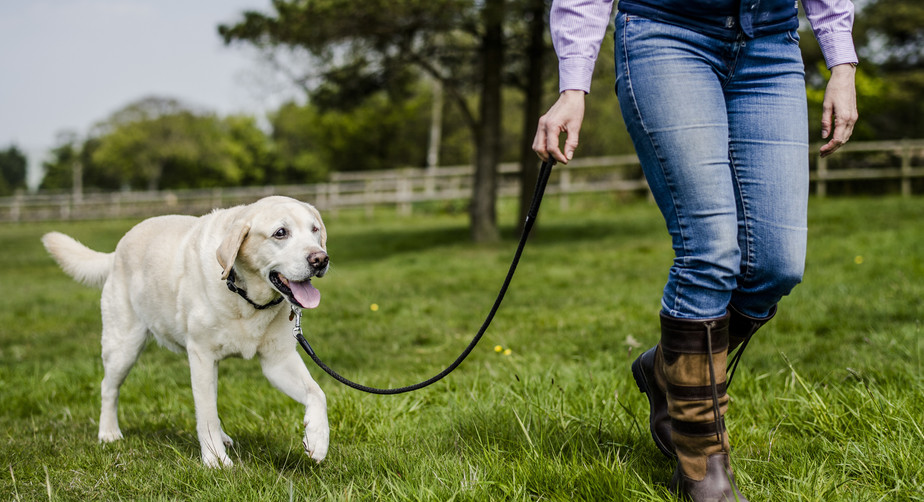
Leash Walking TIPS
- Reward often. At first, do this AT LEAST every couple of steps. As your dog is able to go for longer periods of time walking next to you, you can slow down your rate of reinforcement. This is the most common problem I see with handlers who have dogs that pull: not treating often enough when the dog is doing something right.
- Remember – LOOSE Leash! Stop yanking, jerking, moving the leash around. Keep your leash hand relaxed at your side, giving the dog the full length of the leash. This allows the dog the choice to stay with you or run ahead (which gives YOU the opportunity to reward good choices.) When you force a dog to walk next to you, you’re not actually building value for loose-leash walking. You’re simply inhibiting what the dog actually wants to do. This will not make the dog want to stay next to you; it will most likely make him want to pull ahead harder.
- Be ready to reward any attention your dog gives you. This means eye contact or any other interaction your dog gives you. Praise! Be Happy! Treat! This will encourage your dog to continue to watch you and want to walk next to you.
- Mix up reward amounts. Sometimes feed just one treat and others feed several in a row. Every now and then stop and feed a handful and tell your dog how fantastic they are. This will keep your dog’s anticipation level for being with you high. He’ll never know what he’s about to get!
- Make walking with you unpredictable. Slow down, and then speed up. Then change directions. Reward your dog each time he chooses to stay with you.
- Anticipate distractions. Look ahead to notice what things may be potential distractions for your dog so that you can reward your dog when he sees those distractions and chooses to stay with you.
- Stop along the way and work on other behaviors. Stop at random and ask for other behaviors – even simple behaviors like sit or down. Doing this will keep your dog on in anticipation of what you will do next.
- If your dog is pulling toward a distraction and will not come back to you, turn and walk the other way. Reward your dog when he catches up to you.
General Tips:
- Take things slowly and only train in short bursts. The type of training listed above requires a lot of concentration – especially in distracting environments – and can be exhausting. As your dog starts to build good, loose-leash habits, you can lengthen the time of your training sessions.
- Allow time on walks for your dog to sniff, explore a little, as well as stopping to just hang out, and absorb all the sights and smells!! The walk should be enjoyable and meet the needs of both dog and person!
- Realize that your dog does not know better. Remember that walking with a loose leash isn’t something that is natural for dogs! It will take time for your dog to solidify these good habits. Our dogs show us on a constant basis what is valuable and important to them. If your dog is pulling ahead consistently, it simply means that walking next to you isn’t as valuable or meaningful to him as whatever he is pulling toward.
- Be patient, and enjoy learning with your dog. You’ll find that this type of work with him will not only make his leash walking so much better. It’ll strengthen the bond you two have in huge ways.
Most importantly, HAVE FUN!
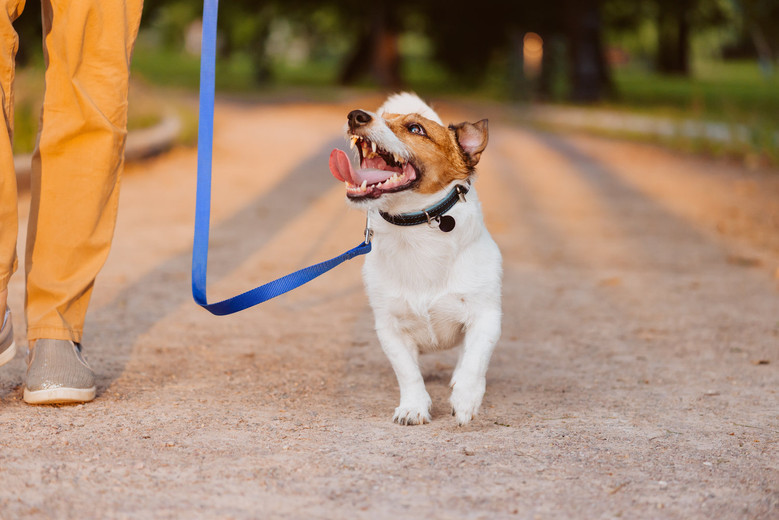
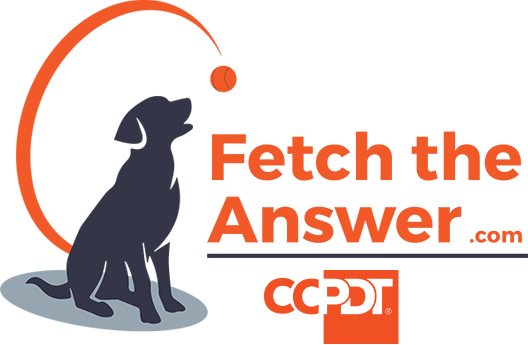
 FetchTheAnswer.com
FetchTheAnswer.com

